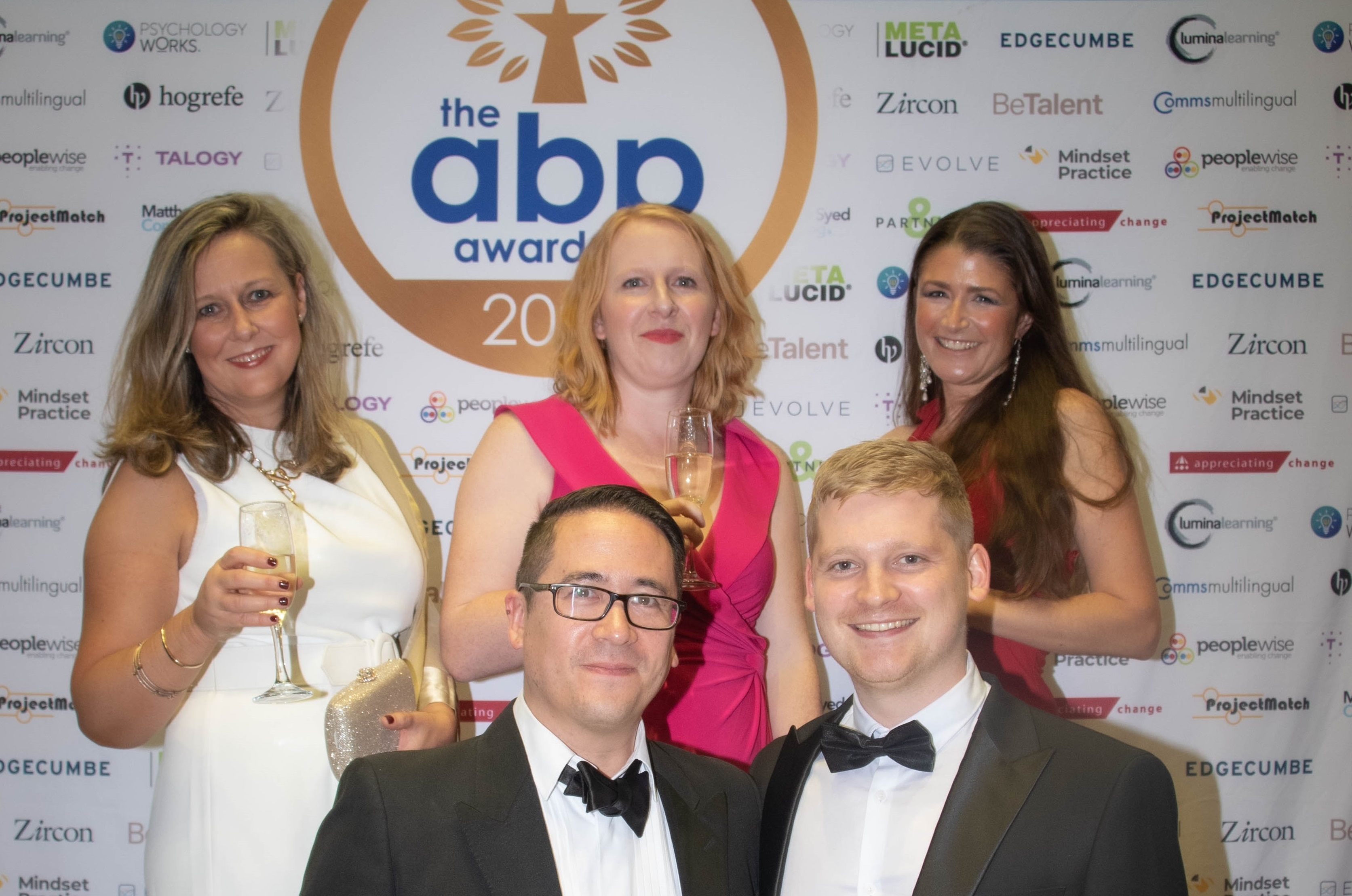Chances are that by now we have all heard of how “Big Data” and “Analytics” has begun to take over the way HR (and the world in general) functions. “Buy this new machine learning and artificial intelligence software, and the future of working life could be turned upside down“. But, how many of us have actually seen this seemingly too-good-to-be-true technology produce actionable insights? Well, we’ve had a go.
The value of data
While this may seem a long way off for some, the value that can be gained by analysing your data can not be overstated. Artificial intelligence has been painted as an evil that will take over the human race, but you would only be half right in thinking this. ‘Arnie’ was correct, AI “will be back”, both in leadership analytics, and apocalypse prevention. Machine learning and artificial intelligence give us scope to generate completely new insights into an organisation. All through using the treasure trove of data that is most likely sitting on a small army of servers ‘just in case we need it in the future’. Actually, this future is now.
At Edgecumbe, we have been in the field of leadership consultancy for over twenty years. Built on the foundations of the Primary Colours® model of leadership, we have developed diagnostic tools based on the best psychometrics such as the NEO and Hogan questionnaires. We have created 360-degree feedback questionnaires for leadership development programmes at some of the best business schools across the globe (Oxford, Harvard, Duke). We conduct assessments for some of the best companies in the world, gathering narrative information in the form of interview data and colleague commentary. We have employee engagement survey data stretching back over years. You get the idea. This really is a goldmine of data waiting to be explored.
Using our data to draw conclusions about leadership
This year, having spent the previous year sharpening our tools, we broke new ground as prospectors and began to sift through this goldmine in a really exciting project. Through our work with Oxford University’s Saïd Business School on the Cabinet Office sponsored Major Projects Leadership Academy, we were invited to use the psychometric and 360 data gathered from participants to begin to look for answers to the question: “What does ‘Good’ leadership look like when it comes to the £500Bn+ portfolio of UK Government major projects?”
This was an initial, exploratory piece and our mantra throughout was to ‘Let the data speak for itself’, rather than be limited to hypotheses based on the findings of prior research. This is the point of Machine Learning: the technique simply looks for patterns in the data, unconstrained by bias and preconceptions of what is important. The introduction of Machine Learning, however, does not mean that traditional statistics can be cast aside, far from it. We found the combination of traditional statistics and machine learning analysis were complementary to each other. We used traditional methods to structure the data in different ways for the machine to digest, and we found patterns that were simply not visible when the data was fed ‘raw’.
What our data showed us
This method yielded some fascinating insights:
- different colleague categories perceive leadership effectiveness somewhat differently;
- the personality characteristics generally considered to predict strong leadership only apply in certain cases;
- really good leaders come in a surprising variety of shapes and sizes.
We also identified five ‘clusters’ or ‘types’ of leader, and, using the comments data left in the leaders’ 360 feedback reports, we built a profile of descriptors for each leadership type. In turn, and with further research, these insights will help the UK Government to select and develop the people who lead these crucial programmes to create public value.
Our report was the first produced as part of Project X – not the epic high school party flick, but a broad research programme sponsored by the IPA (part of the Cabinet Office) to provide insights which can enhance project management capability across UK Government. We think this is a great example of how analytics in our field can be used to tackle pivotal questions in the ever-changing world of work and leadership right now. It is this type of analysis that can take your own organisation’s understanding of its people to the next level. All by taking a proper look at data that might be collecting dust in an old server.




















